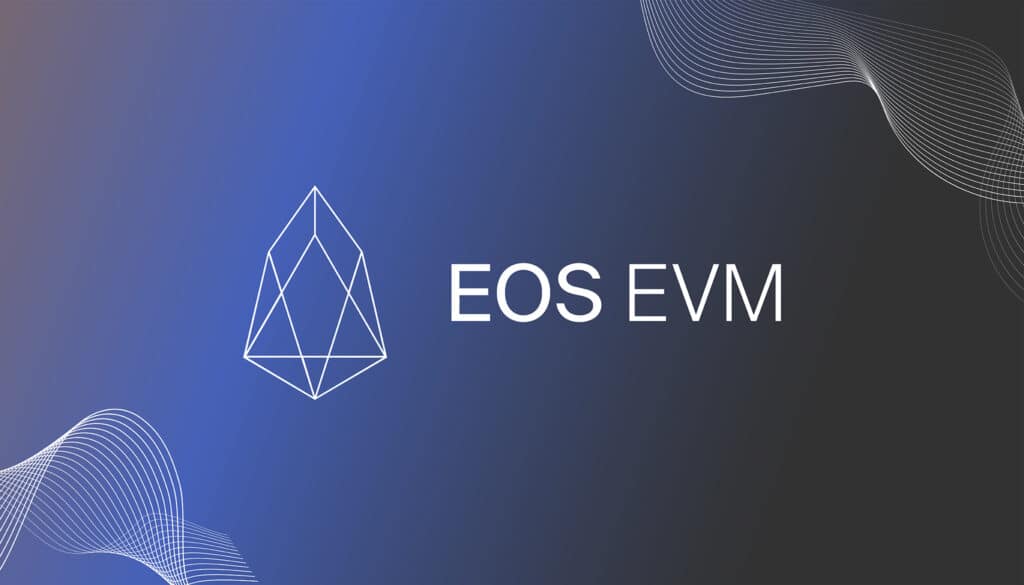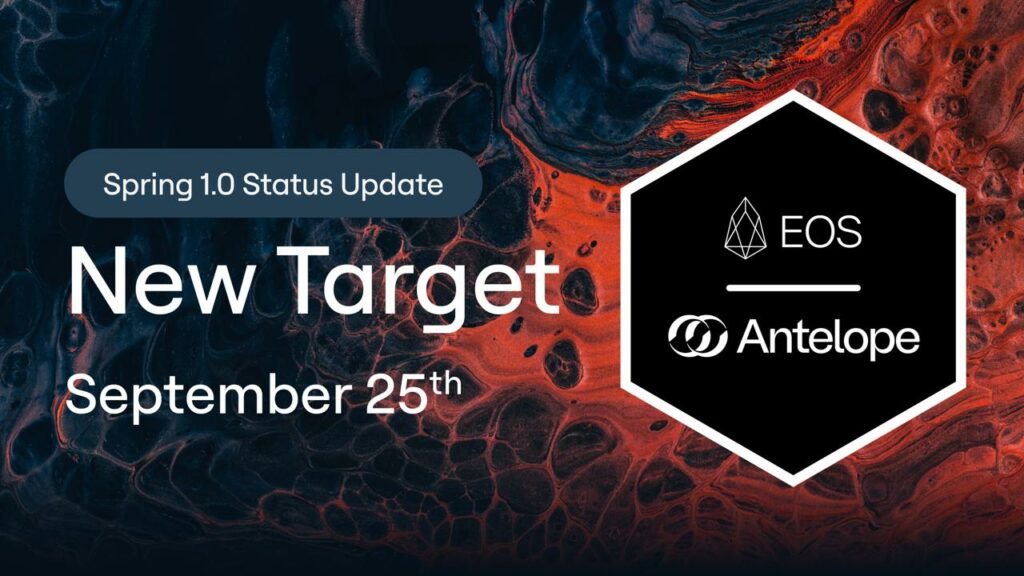The EOS Network Foundation has announced the release of version 1.0.0 for both the EOS EVM Contract and the EOS EVM Node. This update marks a significant milestone in the integration of Ethereum Virtual Machine (EVM) capabilities into the EOS blockchain ecosystem, introducing support for the Shanghai and London Hard Forks along with a new dynamic gas fee algorithm.
For technical details, you can refer to the EOS EVM Contract release notes and the EOS EVM Node release notes.
Comprehensive Summary
Hard Fork Capability:
EOS EVM now officially supports multiple versions and the ability to perform a hard fork when required for future versions to adopt new EIPs.
London Fork Compatibility
- EIP-1559 Transaction Fee Reform: This change updates the gas fee structure for the network with the following attributes:
- Base Fee: The minimum fee required for a transaction to be included in a block, credited to the contract on EOS EVM.
- Priority Fee: A fee set by the miner to cover the costs of processing the transaction. This fee goes directly to the miner.
While updating how gas fees are calculated and allocated, this update also paves the way for future EIP adoption that are dependent on this structure. One such example is the Dencun upgrade that includes EIP-4844, Proto-Danksharding.
Shanghai Fork Compatibility
- PUSH0 Opcode Support: This update introduces a new opcode for developers that optimizes certain types of smart contract code and reduces gas costs for operations that frequently use zero values.
Dynamic Gas Fee Algorithm
A new algorithm has been implemented to more equitably price transactions based on the resources they consume. The previous flat-rate approach often led to higher fees than necessary for actions that consumed small amounts of system resources, such as RAM.
Comparisons can be made between this approach and the multidimensional gas fee model that Vitalik has discussed this year to optimize Ethereum block capacities.
This new method considers specific parameters to calculate gas fees, including:
- Account Creation Costs: Extra gas for creating new accounts.
- Contract Creation Costs: Static gas for creating contracts and additional gas based on the size of the contract.
- Storage Costs: Gas for changing storage values from zero to non-zero.
These changes ensure that transaction fees are aligned with the actual computational resources used, making the network more efficient and cost-effective.
Enhanced Stability and Performance:
- Node Stability and Networking: Improvements have been made to ensure reliable operation and efficient transaction processing, even under high volumes.
- Compatibility and Security: Enhancements to ensure seamless interaction with Ethereum-based applications and robust security measures to protect smart contracts.
Important Update for EOS EVM Users, Developers, and Infrastructure Providers
EOS EVM 1.0 is targeting an early August release and is currently going through the release candidate process. This significant update will impact those currently running nodes for the EOS EVM Mainnet.
Stay tuned for upcoming MSIGs that will update the EOS EVM contract version and gas fee parameters.
Conclusion
The release of EOS EVM Contract and Node version 1.0.0 represents a significant advancement in bridging the EOS and Ethereum ecosystems. This update not only enhances interoperability but also improves transaction efficiency and reduces costs, benefiting both developers and users.
The EOS Network Foundation remains dedicated to providing innovative tools and improvements to support the growth and success of the EOS ecosystem. The introduction of these new features is a testament to this commitment, paving the way for a more interconnected and high-performing blockchain future.
For a deep dive into the technical specifics, please visit the EOS EVM Contract release notes and the EOS EVM Node release notes.
EOS Network
The EOS Network is a 3rd generation blockchain platform powered by the EOS VM, a low-latency, highly performant, and extensible WebAssembly engine for deterministic execution of near feeless transactions. It is purpose-built for enabling optimal Web3 user and developer experiences. EOS stands as the flagship blockchain and financial center of the Antelope framework, facilitating public goods funding for tools and infrastructure through the EOS Network Foundation (ENF).
EOS EVM
The EOS EVM is an emulation of the Ethereum EVM, housed within an EOS smart contract. It offers feature parity to other EVMs in the space but with unmatched speed, performance and compatibility. EOS EVM connects the EOS ecosystem to the Ethereum ecosystem by allowing developers to deploy a wide array of Solidity-based digital assets and innovative dApps on EOS. Developers can use EOS EVM to take advantage of Ethereum’s battle-tested open source code, tooling, libraries and SDKs, while leveraging the superior performance of EOS.
EOS Network Foundation
The EOS Network Foundation (ENF) was forged through a vision for a prosperous and decentralized future. Through our key stakeholder engagement, community programs, ecosystem funding, and support of an open technology ecosystem, the ENF is transforming Web3. Founded in 2021, the ENF is the hub for EOS Network, a leading open source platform with a suite of stable frameworks, tools, and libraries for blockchain deployments. Together, we are bringing innovations that our community builds and are committed to a stronger future for all.



